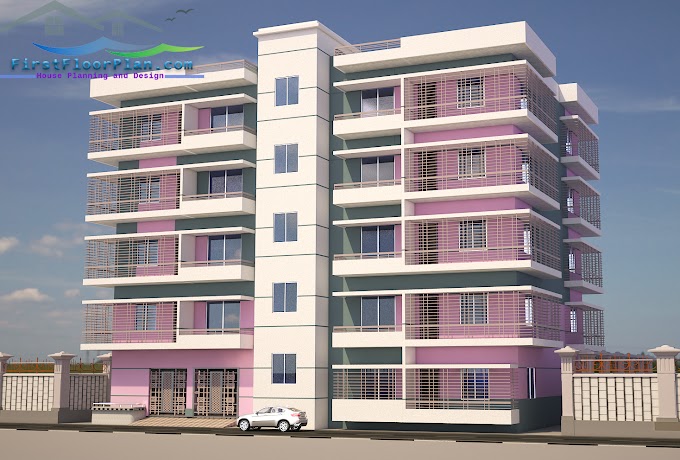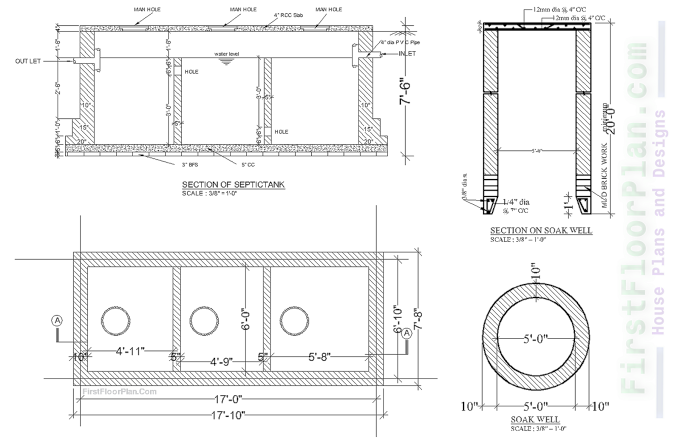When it comes to safeguarding your home, your siding plays a crucial role. Not only does it protect your house from the elements, but it also contributes to its overall aesthetic appeal. However, over time, siding can sustain damage from various factors, ranging from inclement weather to age-related wear and tear. Understanding the signs, causes, and remedies for siding damage is essential for maintaining your home's integrity and curb appeal.
Identifying Siding Damage
1. Cracks and Holes
One of the most obvious signs of siding
damage is the presence of cracks, holes, or punctures. These can occur
due to hailstorms, flying debris, or even pest infestations seeking entry into
your home.
2. Warping or Buckling
Inspect your siding for any signs of warping or
buckling. These irregularities are often indicative of moisture infiltration or
improper installation. Addressing them promptly can prevent further structural
damage.
3. Fading or Discoloration
Over time, exposure to UV rays and harsh weather
conditions can cause siding to fade or change color. Not only does this detract
from your home's appearance, but it can also signal underlying issues with the
siding material itself.
4. Rot or Decay
Wooden siding, in particular, is susceptible to rot
and decay, especially in moist climates. Soft spots or areas of crumbling wood
are clear indicators of this type of damage and should be addressed
immediately.
5. Loose or Missing Panels
Loose or missing siding panels compromise the
integrity of your home's exterior, allowing moisture and pests to penetrate
underlying structures. Regularly check for any loose or displaced panels and
repair them as needed.
Causes of Siding Damage
1. Weather Exposure
Extreme weather conditions such as heavy rain, snow,
hail, or high winds can take a toll on siding materials over time. Properly
installed and maintained siding can help mitigate the effects of
weather-related damage.
2. Moisture Infiltration
Poorly sealed siding or inadequate drainage systems
can allow moisture to seep behind the siding, leading to mold, rot, and other
forms of water damage. Ensuring proper ventilation and drainage is essential
for preventing moisture-related siding damage.
3. Impact Damage
Flying debris during storms or accidental impacts from
objects can cause dents, cracks, or holes in siding materials. Investing in
impact-resistant siding or installing protective barriers can help minimize the
risk of impact-related damage.
4. Improper Installation
5. Pest Infestation
Insects such as termites or carpenter ants can cause
significant damage to wooden siding, compromising its structural integrity.
Regular pest inspections and timely treatment can help prevent pest-related
siding damage.
Addressing Siding Damage
1. Regular Inspections
Conduct routine inspections of your home's exterior to
identify any signs of siding damage early on. Pay close attention to areas
prone to damage, such as corners, joints, and areas near the ground.
2. Prompt Repairs
Address any identified issues promptly to prevent
further damage and protect your home from moisture infiltration and structural
decay. Small repairs done in a timely manner can prevent more extensive and
costly damage down the line.
3. Professional Assistance
For extensive damage or if you're unsure about
repairs, seek the expertise of a professional siding contractor like Heins
Contracting to assess the damage and recommend appropriate solutions. They can
provide expert guidance and ensure that repairs are done correctly and
efficiently.
4. Consider Replacement
In cases of severe damage or aging siding, replacement
may be the most cost-effective and long-term solution to ensure your home's
protection and aesthetic appeal. Consult with a reputable siding contractor to
explore your options and choose the best siding material for your home's needs.
5. Preventive Maintenance
Implement preventive measures such as applying
protective coatings, sealing gaps, and ensuring proper drainage to prolong the
lifespan of your siding and minimize future damage. Regular maintenance can
help keep your siding in optimal condition and extend its longevity.
Conclusion
Siding damage can compromise the integrity and appearance of your home, leaving it vulnerable to a range of issues. By understanding the signs, causes, and remedies for siding damage and taking proactive measures to address and prevent it, you can safeguard your home against the elements and maintain its beauty and value for years to come. Trust the expertise of professionals like Heins Contracting to ensure that your siding is installed, repaired, or replaced with the highest quality and craftsmanship, providing you with peace of mind and long-lasting protection.










%20House%20plan%20with%207%20storey%20Apartmen%20building%20Structural%20desing%20%20DWG%20&%20PDF.jpg)


